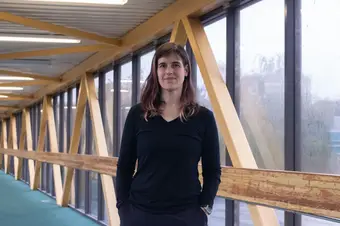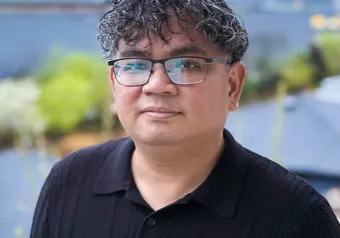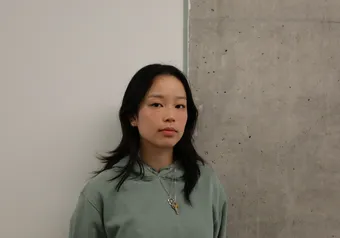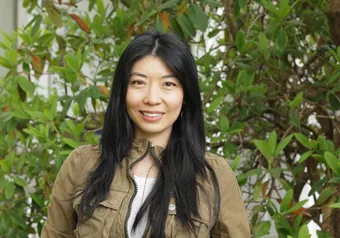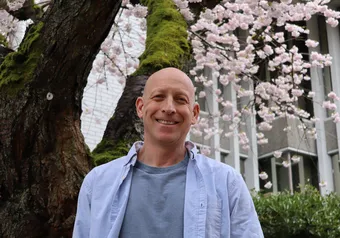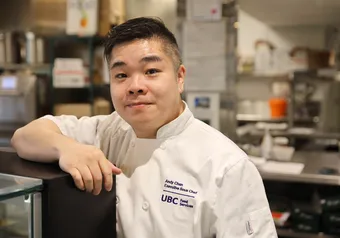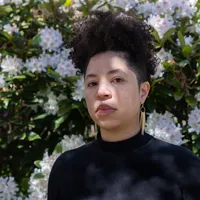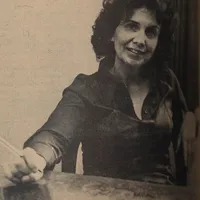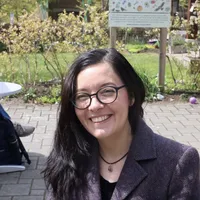Twice a week for an hour and a half, broken pasta flies across a classroom as conversations about torsion and solid mechanics float out the door.
You’d be forgiven for thinking this was a typical engineering class, but not one student in the classroom is an engineering student.
That class is APSC 366, an engineering course for non-engineers, called “The Art of the Possible.”
For Dr. Agnes d’Entremont, one of the course instructors, it’s a course that just makes sense.
Inspired by a Princeton University program where every student must take an engineering course, APSC 366 strives to make students “informed citizens” who can “participate in civic discussion and debate about engineering projects.”
Teaching non-engineering students about engineering is valuable, said d’Entremont
“Engineering processes and products impact people, and sometimes quite dramatically,” said d’Entremont. “So people, the community, society should have a say in these products and processes.”
“[Other people] see the importance of things different than an engineer would, which is exactly why we need people to understand and contribute to decisions about engineering … that affect us all.”
For the love of teaching
D’Entremont, a mechanical engineering associate professor of teaching, was first exposed to engineering in high school when her chemistry teacher encouraged her to apply to the SHAD program. SHAD is a nationwide Canadian summer STEAM program for high school students.
The program and a love for science and math encouraged d’Entremont to pursue an undergraduate degree in mechanical engineering which led to her interest in biomechanics.
Biomechanics brought d’Entremont to UBC from McGill University. At UBC, she pursued her master’s degree and soon discovered teaching was her true passion.
“As soon as I started TA-ing … I was like, ‘This is what I want to do!’”
“It’s kind of funny because my mom’s a teacher, my brother’s a teacher,” said d’Entremont. “I was sort of the odd one out going into STEM, and then I did kind of turn back into teaching.”
D’Entremont now teaches mechanical engineering classes at UBC including second-year mechanical engineering classes, a third-year statistics and experimentation course (“I taught it for the first time last year and turns out I’m a total statistics nerd. I loved it!”) and fourth-year technical electives in biomechanics.
The excitement d’Entremont feels for injury biomechanics — how systems can be engineered to keep people from being injured — is contagious.
D’Entremont said for decades, the automobile industry’s crash test dummies were designed based on male cadaver data.
“Cars ... were tested with male dummies. As a result, there is a significant difference by gender in rates of injury given equivalent crashes.”
“There’s lots of stuff people don’t know about cars and the limitations of safety systems in our vehicles which I think more people should know about,” said d’Entremont. “Engineering ... intersects with humans all the time.”
For non-engineers
APSC 366 is team-taught by four faculty members in the departments of mechanical, chemical and biological and electrical engineering.
D’Entremont said the course’s unique position allows professors to teach their interests.
The course also challenges instructors, said d’Entremont.
“As engineering instructors, we always reach back to the equations and the math, and we can’t do that too much in this course … it has ended up being a really neat teaching challenge.”
“There’s a lot of other ways of thinking about truth and knowledge. You and I might experience an event completely differently because of our identities or histories and lived experiences. The fact that our truths are different doesn’t make one of them wrong. That’s a hard thing for engineers sometimes,” said d’Entremont.
Each instructor teaches one of four modules, which they structure around their own expertise and interests, and past modules have focused on smartphones, engines, clean technology and most recently, the Site C dam.
The goal of each module is to give students the background to engage with the process of engineering design.
D’Entremont’s module is on total hip replacements.
“The amount of force that is experienced by a human hip is pretty large,” she said. “It’s around two and a half times your body weight on one hip. But the space is constrained, the materials are constrained and so it becomes an interesting engineering problem.”
Students learn about engineering failure, requirements and specifications, automation and computer assistance through a total hip replacement study and this module.
When it comes to testing student learning, d’Entremont emphasizes creativity.
For the course’s final project, students were tasked to create a video that unpacks relevant engineering technologies by using their new knowledge of engineering science principles, trade-offs and design decisions.
By the end of the semester, students have a solid grasp of engineering technical principles, without a prior background in science.
“I hope that’s empowering,” said d’Entremont. “They’re bringing in all these perspectives from economics, from political science, from gender, race, [sexuality] and social justice from all kinds of areas, and that’s what engineers need because we shouldn’t be the ones making the decisions, right? It should be everybody. It should be everyone’s voice in the room.”
First online
Share this article


